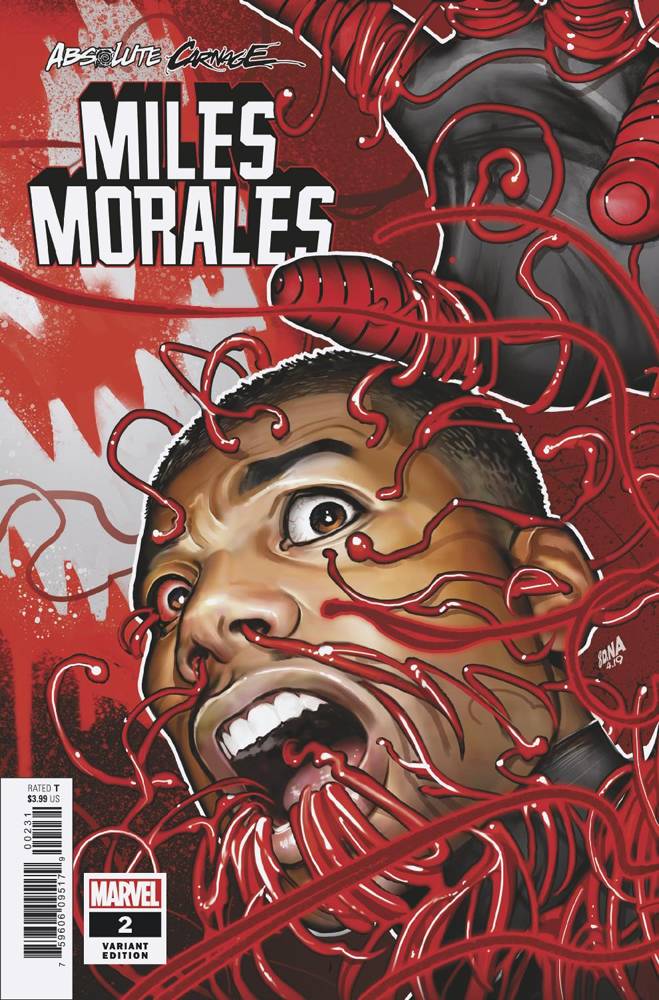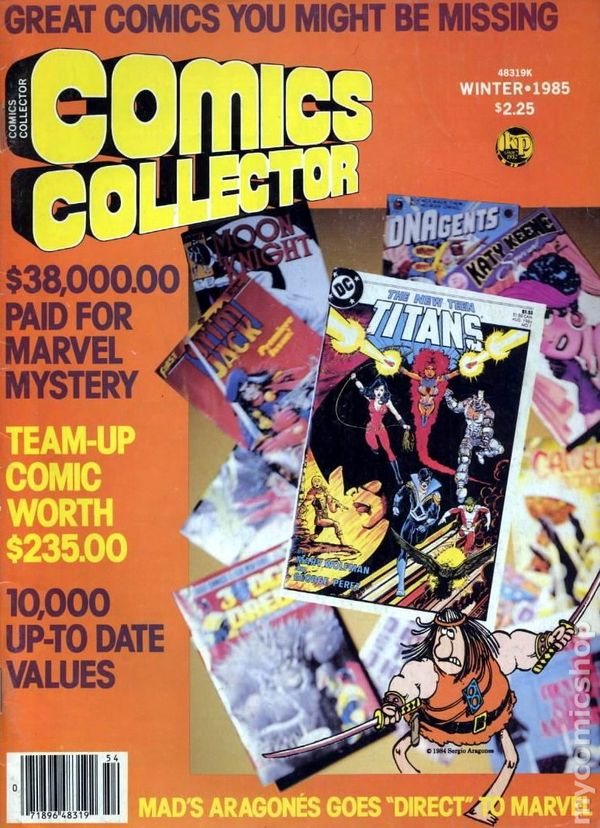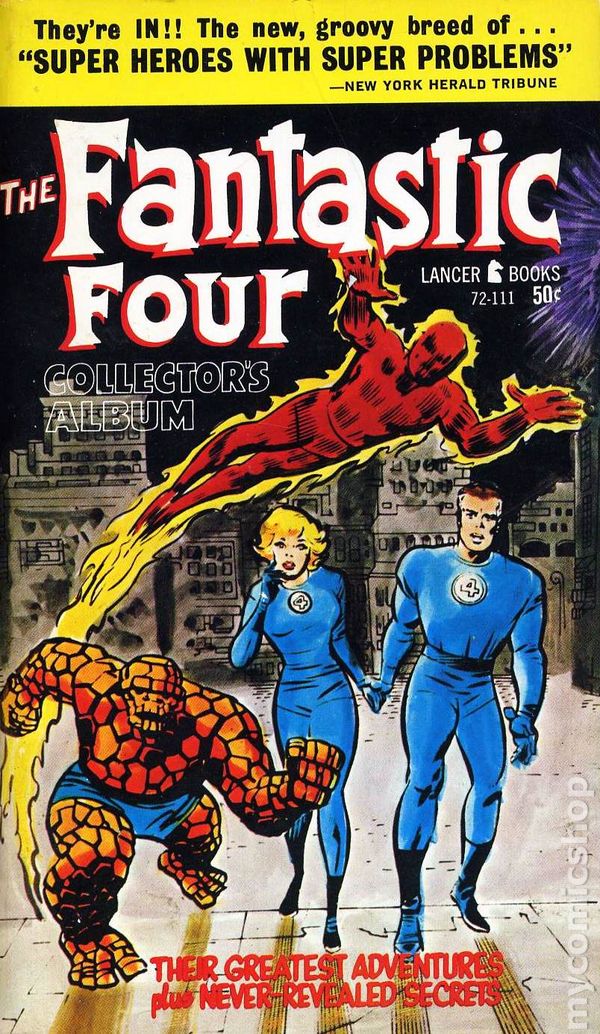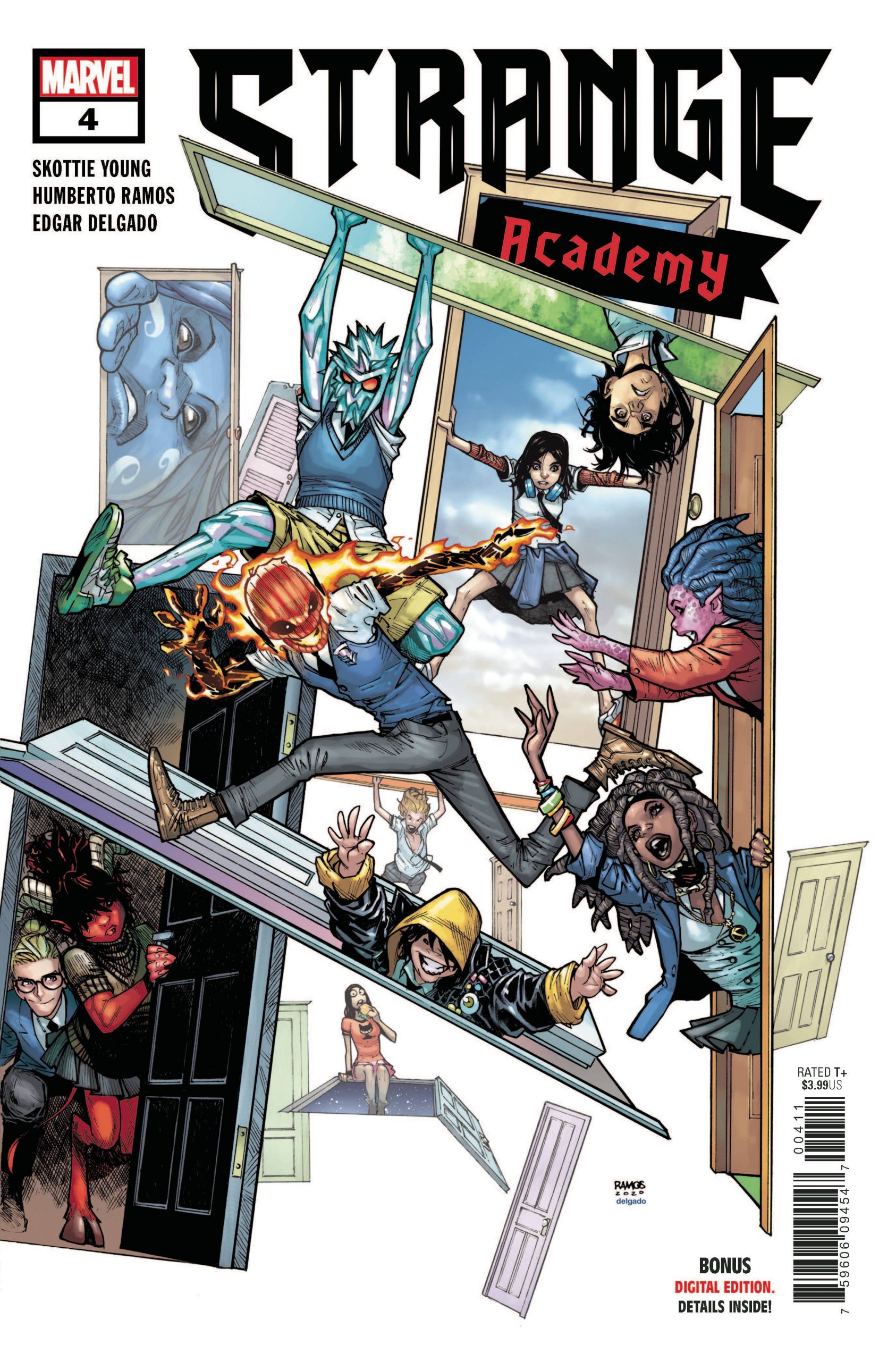

There are a number of reasons someone could do that: sickness, the writer is busy on another project, or sometimes just being slow. These are when a guest writer (which is how Waid and Grayson are credited) takes over for an issue or arc. I’m going to take a moment to discuss a concept which is used less commonly today: fill-in issues. Morrison didn’t write the excluded issues, Mark Waid and Devin Grayson (#32) did. Unfortunately, you can see here that Issues #18-21, #27 (actually a Morrison/Howard issue, but a tie-in to the Day of Judgment event, which I had not heard of until I started writing this article), #32-33 and #35 aren’t collected in these trades.

With most series, you can get a relatively complete reading experience by picking one format, starting with volume one, and reading until the end. But I eventually figured it out, and I want to share the fruits of my labor so that no one ever has to deal with this nonsense again.

The JLA collections don’t have the same problems that other Justice League titles do, but understanding why there are different editions of the same comic, and what those differences are, took me at least a week to sort. Miller, and there is even the reunion of Chris Claremont and John Byrne – a feat that I can only assume required a contractual guarantee that they would never have to be in the same room.
#Comic collector search missing issues movie
But I don’t want to make JLA sound like it’s entirely their effort, because JLA also includes iconic stories like ‘Tower of Babel,’ later (loosely) adapted as the animated movie Justice League: Doom, the ‘Dream Team’ arc, which had beautiful pencils from Bryan Hitch and Mike S. In Morrison and Porter’s run, the art is gorgeous, highly stylized, and a treat for the eyes. Superman is still Superman, even when he’s Superman Blue, and that’s all that matters. If something does change within a character’s solo title, you see it, but it isn’t a plot point.

It’s elegant and streamlined, never truly requiring the insistent continuity that can make team books a more difficult read. Epic in scope and scale, it used iconography to inform their characterization and keep the characters relatable in a way that is similar to the DC Animated Universe. The book ran for 125 issues with numerous writers and artists, but Grant Morrison and Howard Porter’s run, in particular, is legendary. JLA, which is not the same as Justice League of America, is the 1997 incarnation of Justice League. Justice League of America (yes, that’s really what the exact title is) is collected in a way that is so convoluted it would require a separate article to explain that.įortunately, I’m here to talk about what many, myself included, believe to be the best version of the Justice League: JLA. This was corrected in the second printing, but I’m glad I canceled my pre-order anyway. JLA: The Best Justice Leagueįor example of the issues with the collections, the new Justice League International Omnibus printed some pages in the wrong order and outright omitted some dialogue.
#Comic collector search missing issues series
Justice League trade paperbacks, and that’s evident when you try to sort out collecting the classic JLA series by Grant Morrison and Howard Porter.


 0 kommentar(er)
0 kommentar(er)
